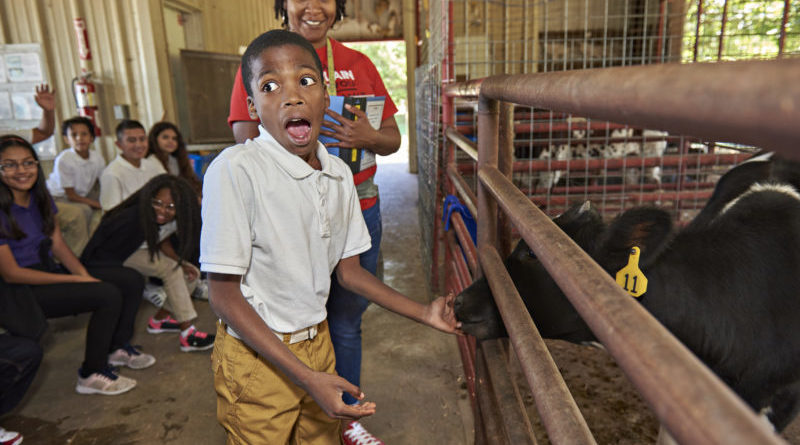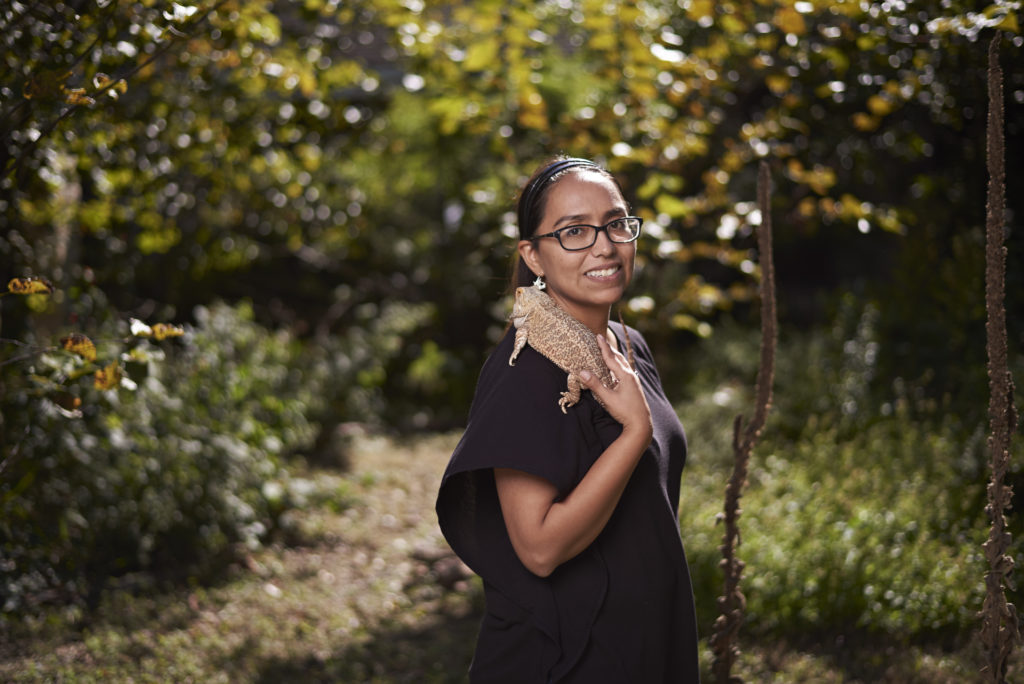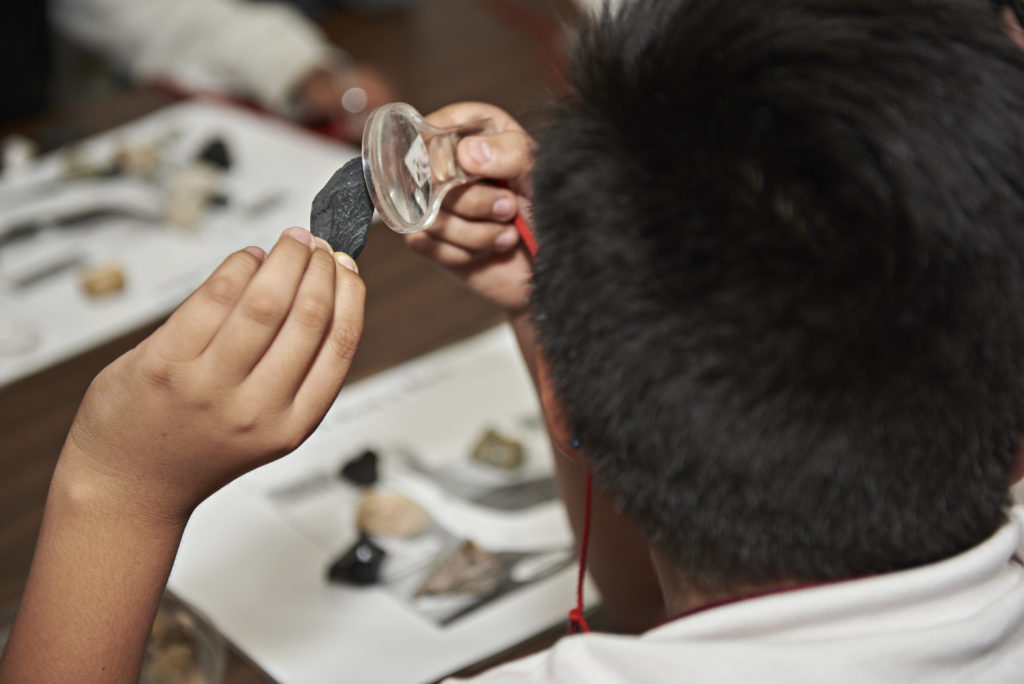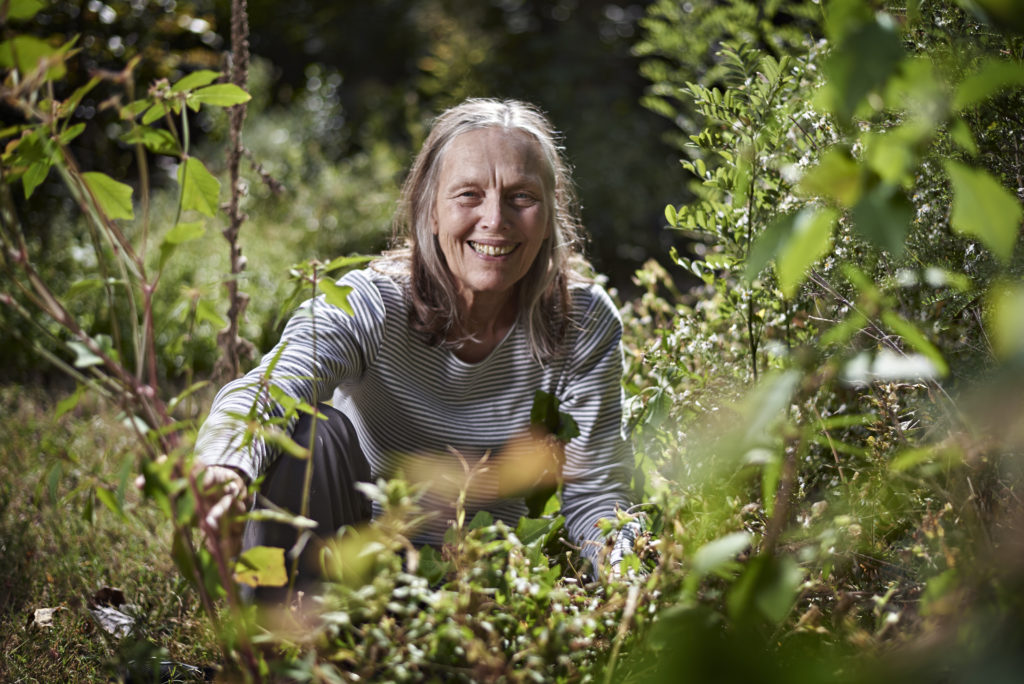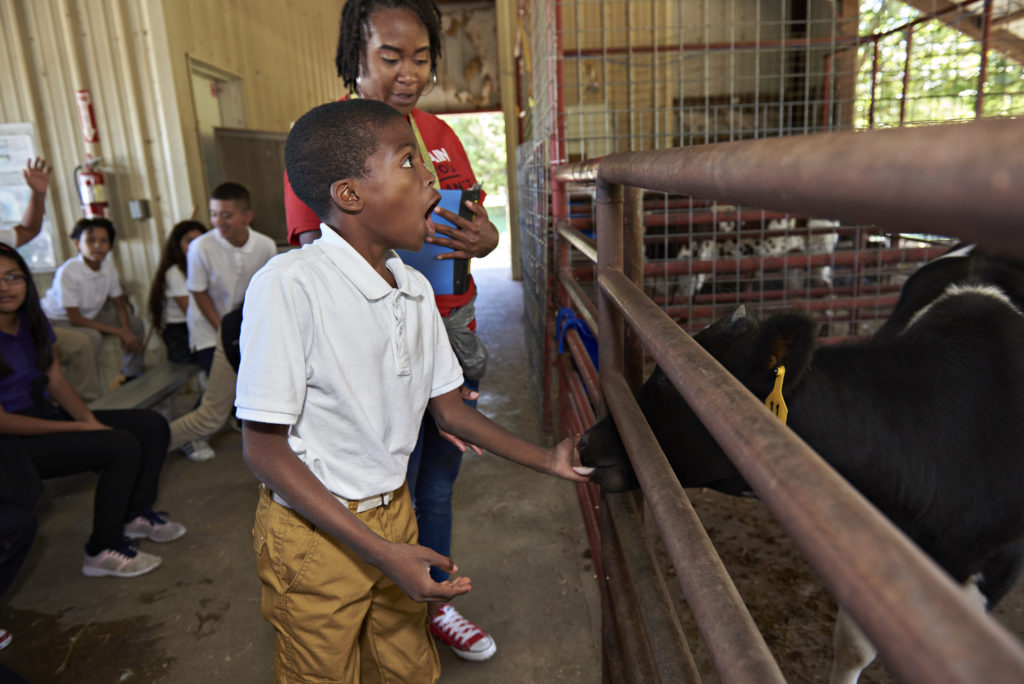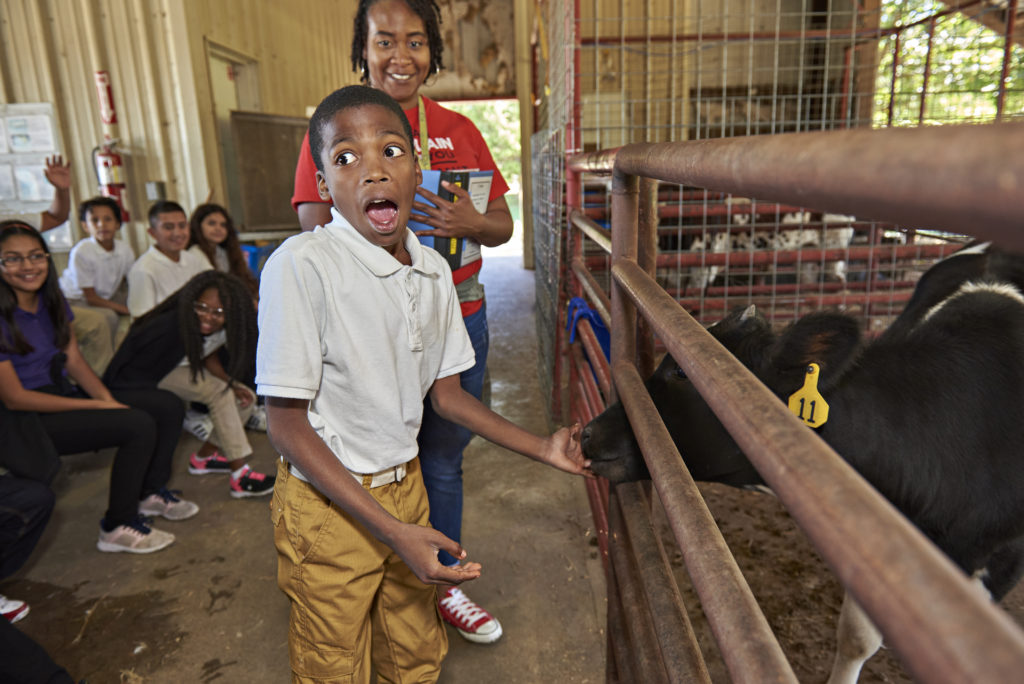500 Acres and Endless Science Lessons
Learning gets real at Dallas ISD STEM Environmental Education Center
More than 20,000 students come to Dallas ISD’s STEM Environmental Education Center in Seagoville each school year. However, administrators still view it as one of the best-kept secrets in the district.
“I try to advertise we’re here as much as possible, but somehow, some people just don’t know we’re out here,” said Mark Broughton, the center’s director.
The center sits on 500 acres and offers teachers and students opportunities to do field and lab research and get hands-on science lessons they might not be able to recreate easily in their school classrooms. It employs four teachers, plus Broughton, supervisor Bob Gorman, and administrative and other staff.
“We have 300 acres of forest preserve, and then the other 200 acres is mostly farmland,” Broughton explained. “Students mostly from Dallas ISD – but any ISD or charter school can visit – come out, and they do mostly field investigations for science.”
The center sees up to 240 students per day, who go through a mix of self-guided instruction with their classroom teacher, and programmed lessons with the center’s instructors.
“Or I’ll ask them where milk comes from, and they just say Wal-Mart. So then we introduce them to our dairy cow.” — Mark Broughton
“We could take them to the forests and do forest ecology. We have a couple ponds so we can do aquatic science,” he added. “We have a working farm with some cows and pigs and ducks and chickens and turkeys, a sheep, and a goat, so they could see what a working farm is like.”
Broughton said that for many of the students, it’s their first time to visit a forest or a farm.
“I can tell when I talk to them, because I’ll ask them if they’ve been in a forest before and they’ll tell me, yes, but they’re thinking about the five trees that grow close to each other at the park,” he said. “Then we get a quarter-mile into a real forest, and their eyes kind of get wide and they get real quiet and start asking questions like, ‘Are we going to see monkeys?’
“Or I’ll ask them where milk comes from, and they just say Wal-Mart,” he said. “So then we introduce them to our dairy cow.”
The facility also has a fossil pavilion for studying geology, an observatory for nighttime astronomy classes, three nature trails, four science laboratories, a 70-seat theater, gardens, outdoor classrooms, and a planetarium.
An indoor facility includes interactive exhibits and space to interact with live amphibians, reptiles, mammals, and birds.
“Depending on the grade level, we offer anywhere from three to like eight different programs, so the visiting teacher will choose the program they want for their kids,” Broughton said.
“They just get to come out and do all kinds of science,” Broughton said. “We see all grades, too, from as young as 3 years old up to seniors in high school.”

